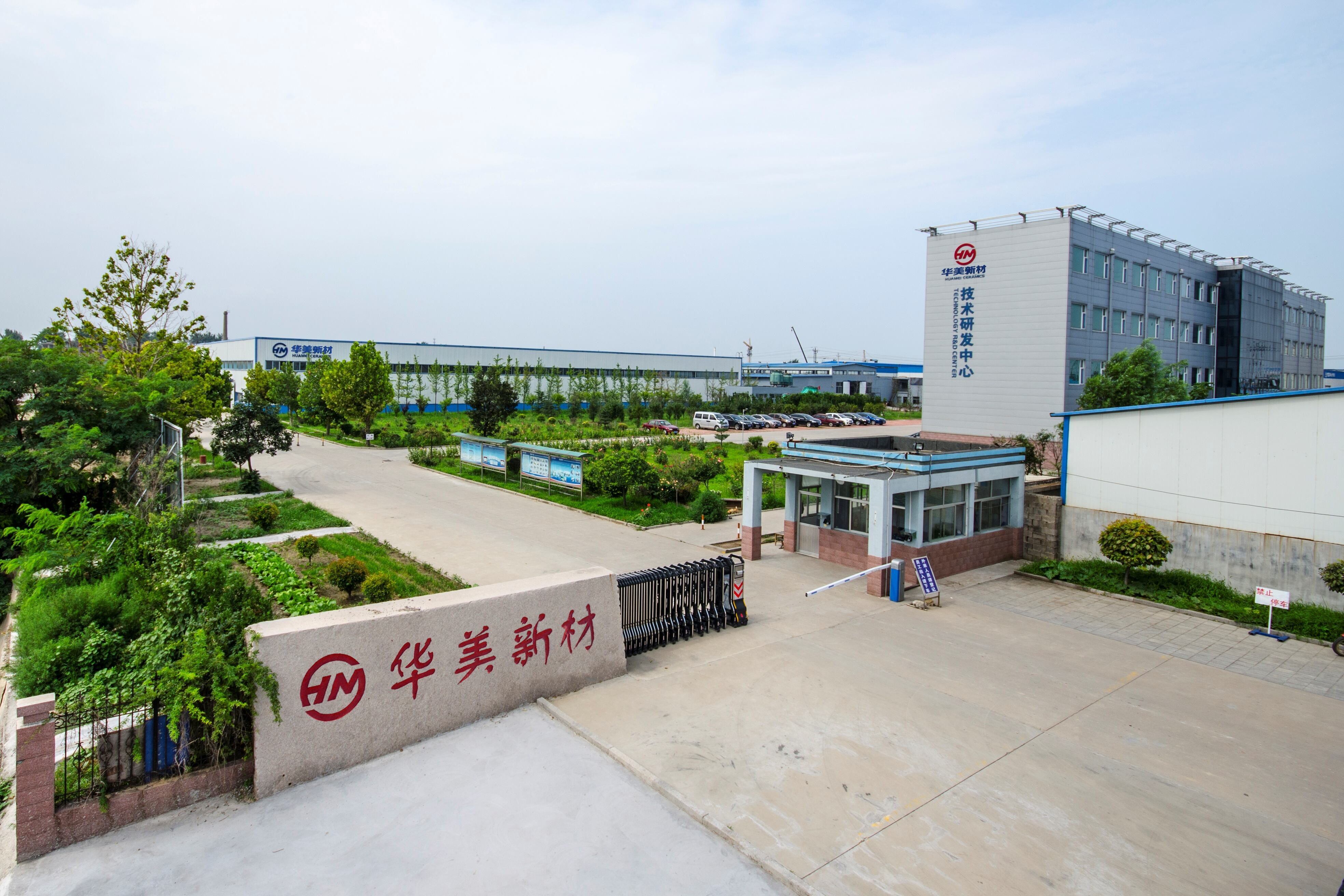Specifications
KCE® SiSiC/RBSiC Technical Data Sheet
| Technical Parameters | Unit | Value |
| Silicon Carbide content | % | 85 |
| Free Silicon content | % | 15 |
| Bulk Density 20°C | g/cm³ | ≥2.9 |
| Open Porosity | Vol % | 0 |
| Hardness HK | kg/mm² | 2600 |
| Flexural Strength 20°C | MPa | 250 |
| Flexural Strength 1200°C | MPa | 280 |
| 20 – 1000°C (Coefficient of Thermal Expansion) | 10–6 K–1 | 4.5 |
| Thermal Conductivity 1000°C | W/m.K | 45 |
| Static 20°C(Modulus of Elasticity ) | GPa | 330 |
| Working temperature | °C | 1300 |
| Max. Service Temp (air) | °C | 1380 |
Applications
Huamei uses 3D printing additive manufacturing technology to solve the problem of difficult formation of complex flow channels in silicon carbide components. The produced silicon carbide ceramic wear parts, such as protective plates, volute casings and impellers can adapt to the mineral sand flotation process of mining machinery such as slurry pumps, and extend the service life of the equipment.
Advantages
The 3D printed silicon carbide protective plates, volute casings, impellers and other wear-resistant parts produced by Huamei have advantages such as wear resistance, corrosion resistance, high temperature resistance, lightweight and good fluid mechanics performance.
The service life of wear-resistant parts such as 3D printed silicon carbide protective plates, volute casings, impellers, etc. far exceeds that of traditional materials, greatly reducing the frequency of equipment replacement and lowering maintenance costs.








